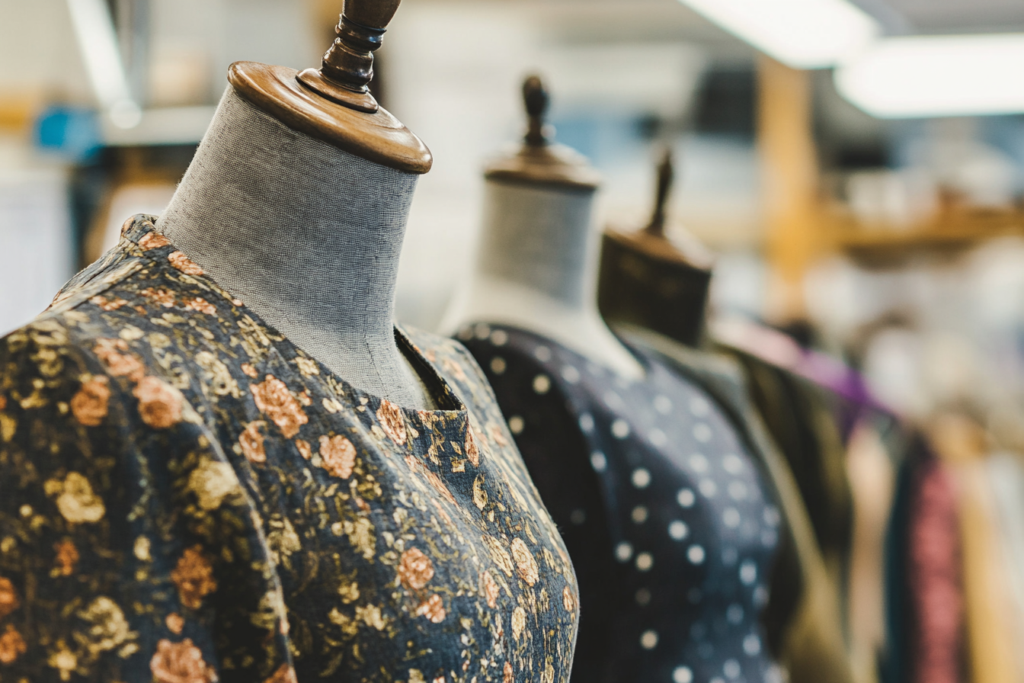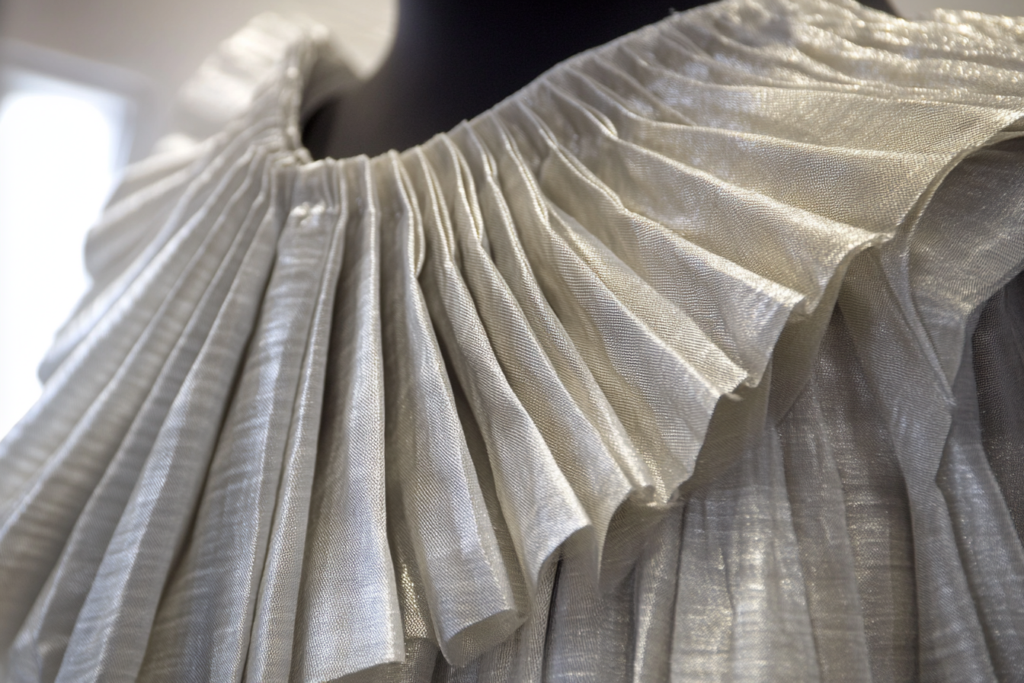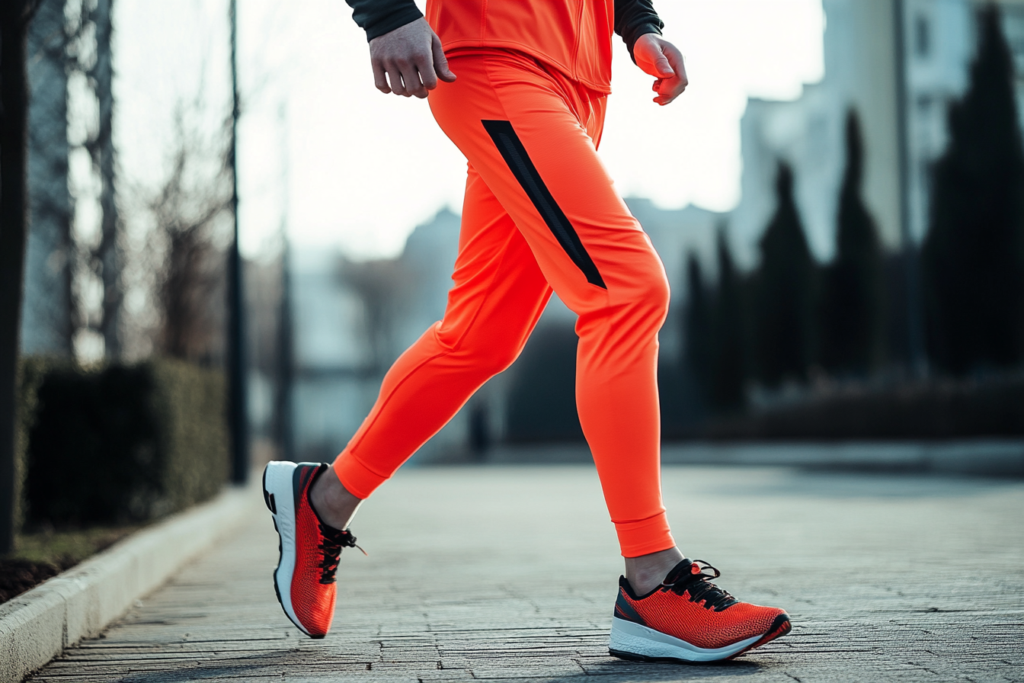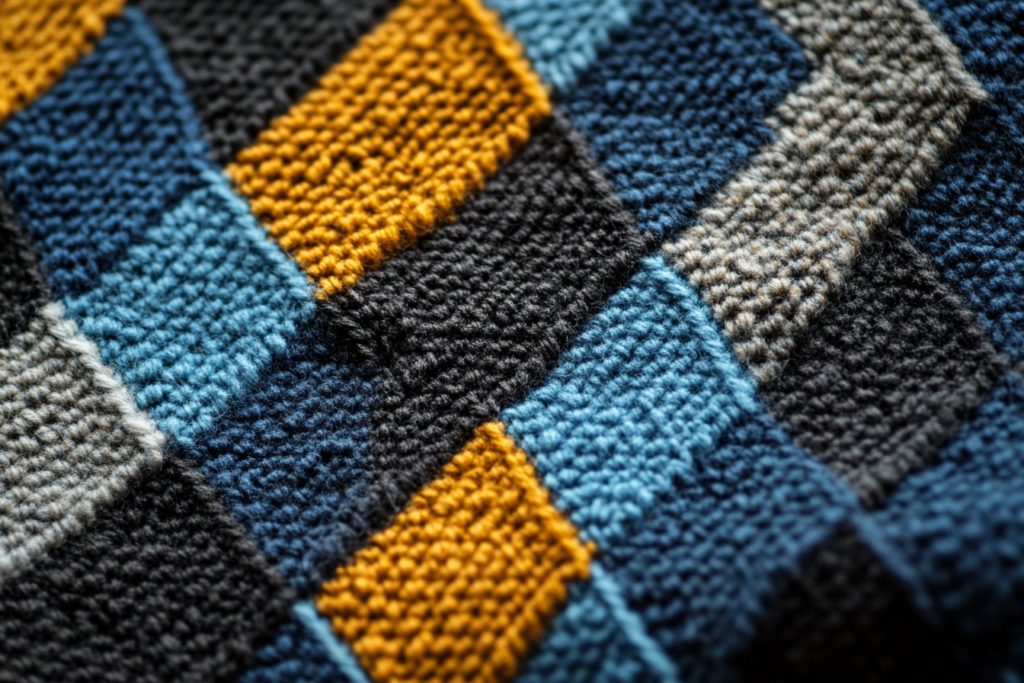Sloper: The Foundation of Garment Pattern Making
Meta Description: A sloper is a basic garment prototype used as the foundation for pattern development. Learn how slopers help designers create custom-fit clothing with precision.
What is a Sloper?
A sloper is a basic, fitted garment prototype that serves as the foundation for pattern making. Also called a basic pattern or prototype pattern, a sloper is a two-dimensional blueprint of a garment without added design elements like seam allowances, darts, or embellishments.
Slopers are used in fashion design, tailoring, and dressmaking to create custom-fitted clothing and ensure accurate pattern adjustments before finalizing a garment.
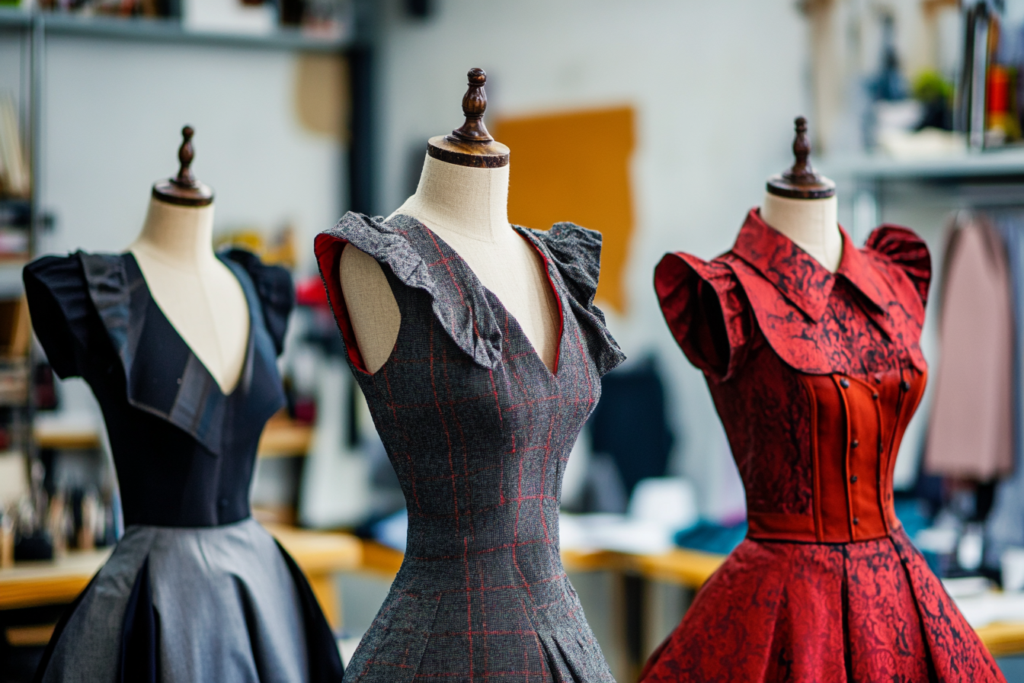
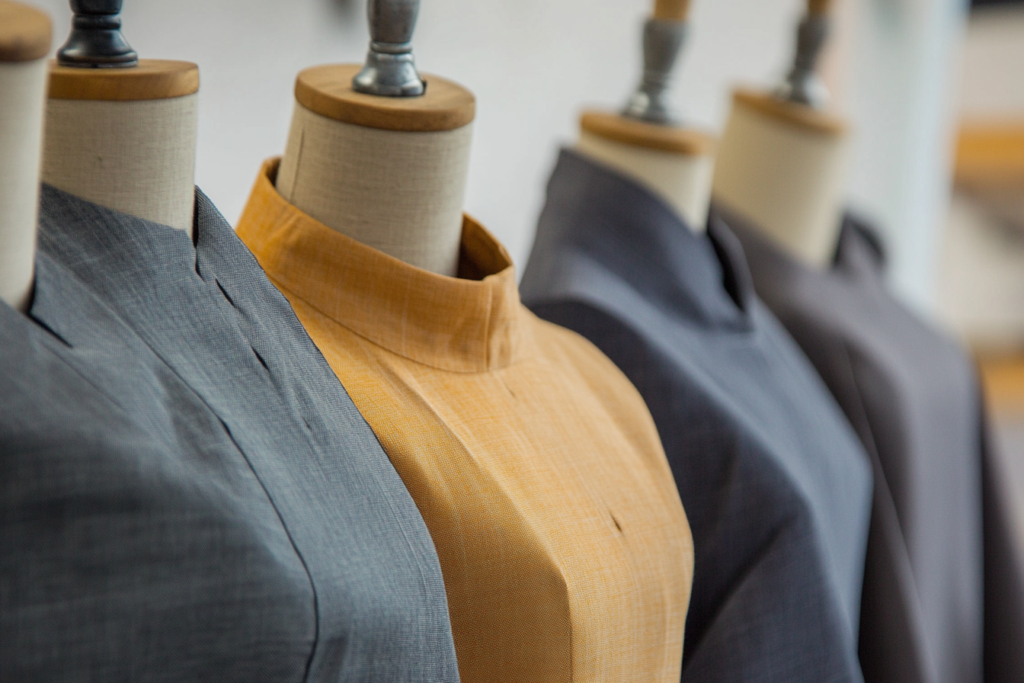
Key Features of a Sloper
✔ Basic Fitted Shape: Represents the wearer’s exact body proportions.
✔ No Design Features: Excludes embellishments, pockets, pleats, or seam allowances.
✔ Used for Pattern Development: Serves as the starting point for modifying and designing new styles.
✔ Customizable for Different Body Shapes: Can be adjusted for different sizes, fits, and styles.
✔ Essential in Fashion Design: Helps designers ensure proper fit and structure before production.
Why is a Sloper Important?
1. Ensures Accurate Fit
A well-made sloper allows designers and tailors to adjust patterns based on body measurements, reducing fit issues in the final garment.
2. Saves Time & Fabric
By creating a sloper first, designers minimize trial and error, preventing fabric waste and unnecessary alterations.
3. Customizes Patterns for Any Design
Slopers can be modified into different garment styles, including dresses, skirts, pants, and jackets.
4. Standardizes Sizing in Fashion Production
In mass production, slopers are graded to develop different sizes while maintaining proportions.
Types of Slopers in Pattern Making
| Sloper Type | Purpose |
|---|---|
| Bodice Sloper | Used for designing tops, blouses, and dresses. |
| Skirt Sloper | Creates the base for skirts and dresses. |
| Pant Sloper | Develops trouser and shorts patterns. |
| Sleeve Sloper | Used for customizing sleeve shapes and lengths. |
| Dress Sloper | Combines the bodice and skirt slopers into a single dress template. |
Each sloper serves as a blueprint for garment design, ensuring proper fit, balance, and proportion.
How to Make a Sloper
1️⃣ Take Accurate Body Measurements
- Measure bust, waist, hips, shoulder width, and length for precision.
2️⃣ Draft a Basic Pattern on Paper
- Use pattern paper to draw a flat, two-dimensional outline based on measurements.
3️⃣ Cut & Sew a Muslin Prototype
- Transfer the pattern onto muslin fabric and sew the first draft.
4️⃣ Check Fit & Make Adjustments
- Fit the muslin sample on a dress form or model. Adjust darts, seams, and length.
5️⃣ Finalize the Pattern for Future Use
- Once the sloper fits perfectly, it becomes the master template for creating new designs.
Sloper vs. Final Pattern: What’s the Difference?
| Feature | Sloper | Final Pattern |
|---|---|---|
| Purpose | Base template for pattern making | Finished design ready for production |
| Includes Seam Allowances? | ❌ No | ✅ Yes |
| Design Details? | ❌ Basic shape only | ✅ Includes pleats, darts, trims, etc. |
| Adjustability | ✅ Can be altered for multiple designs | ❌ Fixed for a specific garment |
A sloper is the foundation, while a final pattern includes all design elements for garment production.
Common Uses of a Sloper
📌 Fashion Design & Dressmaking
- Designers use slopers to develop custom-fit garments and ensure consistency in sizing.
📌 Mass Production & Apparel Industry
- Slopers help in grading sizes for mass-produced clothing.
📌 Custom Tailoring & Alterations
- Tailors use slopers to create made-to-measure clothing.
📌 DIY Sewing & Home Pattern Making
- Sewing enthusiasts draft their own personalized slopers to create well-fitted garments.
Tips for Creating a Perfect Sloper
✅ Use High-Quality Pattern Paper – Ensures accuracy and durability.
✅ Label Your Sloper Clearly – Indicate front, back, and grainlines.
✅ Test with Muslin Fabric First – Allows easy adjustments before making the final pattern.
✅ Store Your Sloper Safely – Keep it flat or roll it to prevent damage.
✅ Update Slopers Regularly – Adjust measurements as body shapes change.
Conclusion: The Essential Role of Slopers in Fashion Design
A sloper is the foundation of pattern making, allowing designers and sewists to create well-fitted, customized garments. Whether used in couture fashion, ready-to-wear clothing, or DIY sewing, slopers provide a structured approach to garment development.
By mastering sloper creation, designers gain full control over fit, design modifications, and pattern accuracy, making it an essential tool in fashion production.
